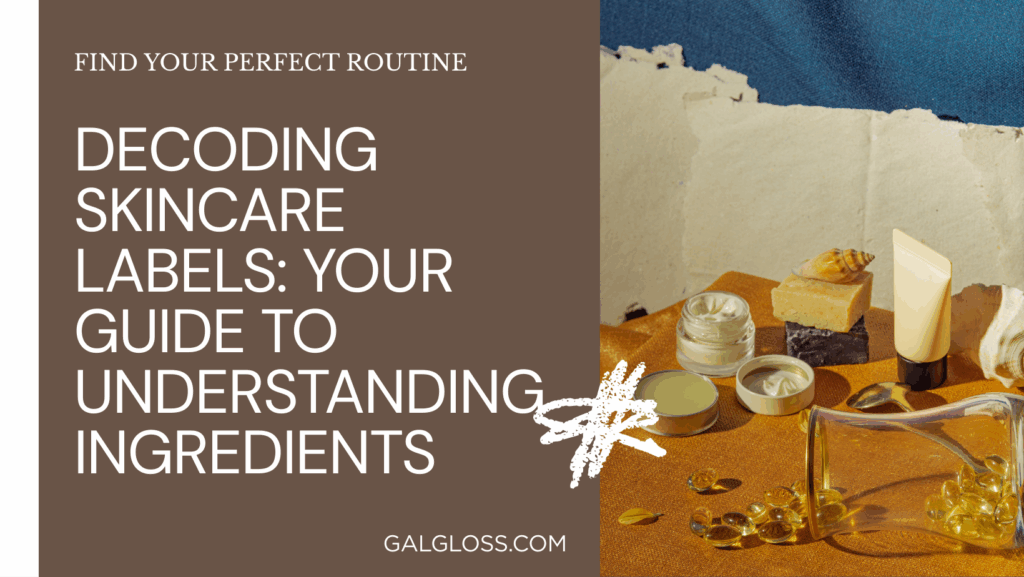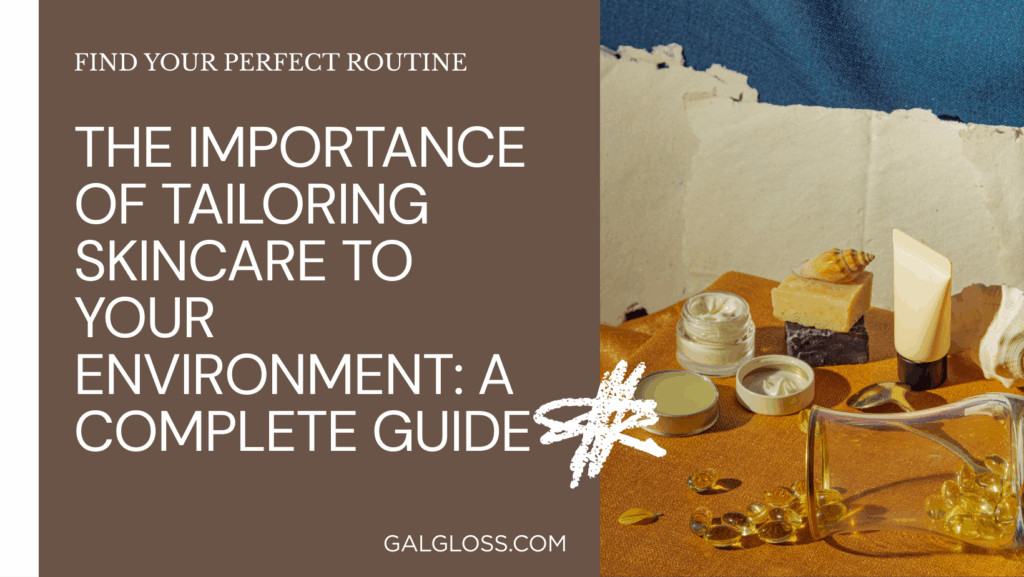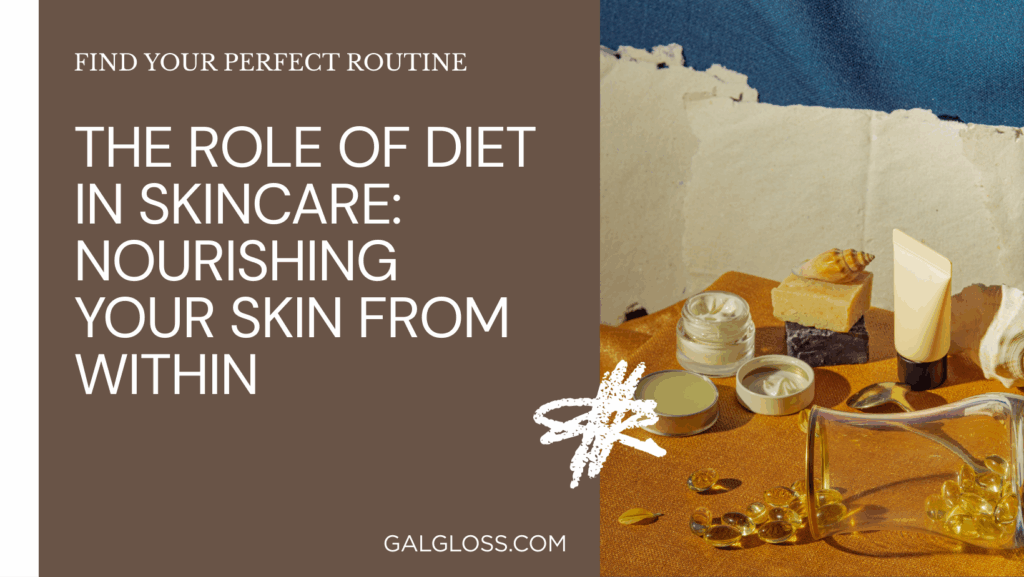Ever felt like you’re decoding a secret language when reading skincare labels? You’re not alone! With a dizzying array of ingredients and scientific jargon, it’s easy to feel lost in the skincare aisle. But here’s the thing: understanding what goes on your skin is crucial for achieving that healthy glow you’re after.
Why does it matter, you ask? Well, your skin is your body’s largest organ, and it absorbs a significant portion of what you put on it. Knowing your ingredients is like having a superpower – it helps you choose products that work for your unique skin type and avoid those that might cause irritation or breakouts.
But let’s be real: those long lists of unpronounceable ingredients can be intimidating. How do you make sense of it all? That’s where we come in. This guide will break down the basics of skincare labels, demystify common ingredients, and give you the tools to become a label-reading pro.
Ready to unlock the secrets of your skincare products? Let’s dive in and start decoding those labels!
The Basics of Skincare Labels

Before we jump into specific ingredients, let’s talk about what you’ll actually see on a skincare label. What’s required, and what does it all mean?
What’s Required on a Label?
In the US, the FDA requires cosmetic labels to include:
- Product identity
- Net contents
- Ingredient list
- Warning statements (if necessary)
- Name and place of business
The EU has similar requirements, with some additional rules about listing potential allergens.
Order of Ingredients: What It Means
Ever noticed how ingredients are listed in a specific order? That’s not random! Ingredients are listed in descending order by weight. This means the first few ingredients make up the bulk of the product.
Pro tip: If a key ingredient you’re looking for is near the bottom of the list, it might not be present in high enough quantities to have a significant effect.
Active vs. Inactive Ingredients
In some products, you’ll see a separate list of “active ingredients.” These are ingredients that have a specific, FDA-approved purpose (like sunscreen agents or acne-fighting ingredients). Everything else falls under “inactive ingredients,” but don’t be fooled – these can still have a big impact on your skin!
Common Skincare Ingredients Explained
Now that we’ve covered the basics, let’s dive into some ingredients you’re likely to encounter:
Moisturisers
These are the workhorses of skincare, keeping your skin hydrated and plump. Look for:
- Hyaluronic acid: A hydration superstar that can hold up to 1000 times its weight in water.
- Glycerin: A humectant that attracts water to the skin.
- Ceramides: Lipids that help strengthen the skin barrier.
Exfoliants
These help remove dead skin cells, revealing brighter, smoother skin underneath:
- Alpha Hydroxy Acids (AHAs): Like glycolic acid and lactic acid, great for surface-level exfoliation.
- Beta Hydroxy Acids (BHAs): Like salicylic acid, which can penetrate pores.
Antioxidants
These fighters protect your skin from environmental damage:
- Vitamin C: Brightens skin and boosts collagen production.
- Vitamin E: Protects skin cells from oxidative stress.
- Niacinamide: Improves skin texture and reduces inflammation.
Sunscreen Agents
The ultimate skin protectors:
- Zinc oxide and titanium dioxide: Physical sunscreens that reflect UV rays.
- Avobenzone and octinoxate: Chemical sunscreens that absorb UV rays.
Red Flags: Ingredients to Watch Out For
While many ingredients are beneficial, some might not agree with your skin. Here’s what to look out for:
Potential Irritants
- Alcohol (denatured): Can be drying and irritating, especially for sensitive skin.
- Fragrances: A common cause of skin irritation and allergic reactions.
Controversial Preservatives
- Parabens: While effective preservatives, some studies suggest they might disrupt hormones.
- Formaldehyde-releasers: Can cause skin irritation in some people.
Allergens to Be Aware Of
Common allergens include:
- Lanolin
- Propylene glycol
- Certain essential oils
Remember, everyone’s skin is different. What works for one person might not work for another. Always patch test new products!
Natural vs. Synthetic Ingredients
There’s a lot of buzz about natural skincare, but is natural always better? Let’s break it down:
Pros and Cons of Natural Ingredients
Pros:
- Often rich in vitamins and antioxidants
- May be more environmentally friendly
Cons:
- Can be less stable, requiring more preservatives
- Potential for allergic reactions
Pros and Cons of Synthetic Ingredients
Pros:
- Often more stable and consistent
- Can be more potent in smaller doses
Cons:
- May be derived from non-renewable resources
- Some people prefer to avoid synthetic chemicals
Debunking the “Chemical-Free” Myth
Here’s the truth: everything is made of chemicals, including water and air! When products claim to be “chemical-free,” they usually mean free from synthetic chemicals. But remember, natural doesn’t always mean safer or better.
Decoding Marketing Claims
The skincare world is full of buzzwords. Let’s decipher some common claims:
“Natural” and “Organic”
- “Natural” isn’t regulated, so its meaning can vary.
- “Organic” usually means ingredients are grown without synthetic pesticides or fertilisers.
“Clean Beauty”
This typically refers to products free from certain controversial ingredients, but there’s no standard definition.
Understanding Certifications
Look for certifications like USDA Organic or COSMOS for more regulated claims about ingredient sourcing and production methods.
How to Read a Skincare Label Like a Pro
Ready to put your new knowledge to use? Here’s a step-by-step guide:
- Check the active ingredients (if any) and their percentages.
- Look at the first 5-7 ingredients – these make up most of the product.
- Identify the key beneficial ingredients you’re looking for.
- Check for any potential irritants or allergens.
- Consider the product’s pH level if it’s listed (especially important for exfoliants).
Tools like the EWG Skin Deep database or the Think Dirty app can help you research unfamiliar ingredients.
Tailoring Products to Your Skin Type
Different skin types benefit from different ingredients. Here’s a quick guide:
Oily Skin
Look for:
- Salicylic acid
- Niacinamide
- Hyaluronic acid (lightweight hydration)
Avoid:
- Heavy oils
- Petrolatum
Dry Skin
Look for:
- Hyaluronic acid
- Ceramides
- Rich oils (like jojoba or argan)
Avoid:
- Alcohol-based products
- Harsh exfoliants
Sensitive Skin
Look for:
- Centella asiatica
- Aloe vera
- Allantoin
Avoid:
- Fragrances
- Essential oils
- Harsh acids
The Future of Skincare Ingredients
The skincare world is always evolving. Here are some trends to watch:
- Microbiome-friendly skincare: Products that support your skin’s natural bacteria.
- Sustainable ingredients: Brands are focusing on environmentally friendly sourcing.
- Personalised skincare: Using AI and genetic testing to create custom formulations.
Conclusion
Congratulations! You’ve just taken a big step towards becoming a skincare label expert. Remember, understanding ingredients is a journey, not a destination. The world of skincare is always evolving, and there’s always more to learn.
Here are the key takeaways:
- Ingredients are listed in order of concentration.
- Know your skin type and what ingredients work best for it.
- Be aware of potential irritants and allergens.
- Don’t fall for marketing hype – look at the ingredient list.
- Natural isn’t always better, and synthetic isn’t always worse.
Armed with this knowledge, you’re now ready to make informed choices about your skincare. Remember, what works for someone else might not work for you, so don’t be afraid to experiment (safely, of course!).
The next time you’re in the skincare aisle, take a moment to read those labels. You might be surprised at what you discover. Your skin will thank you for taking the time to understand what you’re putting on it.
Here’s to healthy, happy skin – and to you, the new skincare label pro!





